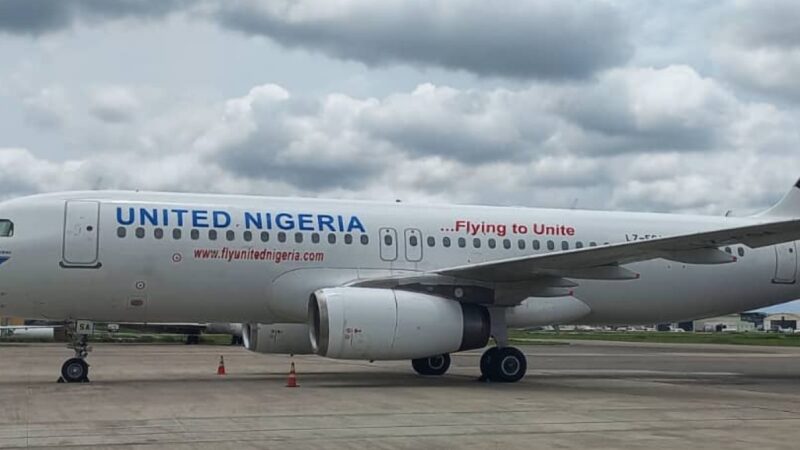ICAO adopts new SARPS to enhance aviation safety, advance global air navigation systems

The International Civil Aviation Organization (ICAO) has adopted new Standards and Recommended Practices (SARPs) during its 231st Session, a significant stride towards bolstering aviation safety and advancing global air navigation systems.
These measures, according to ICAO, are poised to not only fortify safety protocols but also expedite the integration of Remotely Piloted Aircraft Systems (RPAS) into the international aviation framework.
In a statement, President of the ICAO Council, Salvatore Sciacchitano, emphasised the pivotal role of these developments in fostering a performance-driven and service-oriented global air navigation system, crucial for the sustainable development of aviation worldwide.
“The sustainable development of aviation worldwide requires a performance-driven and service-oriented advanced global air navigation system. Today we have taken significant steps towards achieving this,” stated Sciacchitano.
Among the key amendments approved by the ICAO Council are enhancements to 15 of the 19 Annexes to the Convention on International Civil Aviation, alongside the adoption of a new “Procedure for Air Navigation Services (PANS) on Information Management.”
A notable highlight of the adopted amendments is the inclusion of a new Part IV International Operations — Remotely Piloted Aircraft Systems to Annex 6 – Operation of Aircraft.
This marks a crucial milestone in establishing a regulatory framework to facilitate the international operation of RPAS.
ICAO explained that operators will now be required to obtain a specific operator certificate (ROC), akin to the traditional air operator certificate (AOC), thus paving the way for the seamless integration of RPAS into the aviation system.
Juan Carlos Salazar, ICAO Secretary General, underscored the significance of these standards in enhancing the accuracy and consistency of flight information, thereby minimising risks associated with inaccurate or incomplete data provision to Air Traffic Management (ATM) service providers and operators.
The adoption of the “Flight and Flow — Information for a Collaborative Environment” (FF-ICE) concept signifies a leap towards establishing a fully collaborative environment for optimising flight trajectories and enhancing air route efficiency.
Additionally, updated Standards for helicopter chart development aim to bolster the safety of helicopter operations.
In line with efforts to enhance aviation safety, the ICAO Council also approved measures to bolster data gathering and sharing mechanisms, including the completion of the Global Aeronautical Distress and Safety System (GADSS).
These enhancements seek to address aircraft tracking and distress system deficiencies, with a broader scope of safety data collection to identify precursor events and facilitate proactive safety management.
Furthermore, new investigation Standards aim to enhance transparency by ensuring accident investigation authorities provide progress updates to the public more frequently and in electronic formats for improved accessibility and data analysis.
The Council’s decision to enhance search and rescue (SAR) SARPs underscores a commitment to expedite response times, enhance coordination between states during operations, and mitigate risks to personnel involved in rescue efforts.
The adoption of these new aviation standards by the ICAO Council signifies a collective effort towards fortifying aviation safety protocols and accelerating the transformation of global air navigation systems to meet the evolving needs of the industry.







